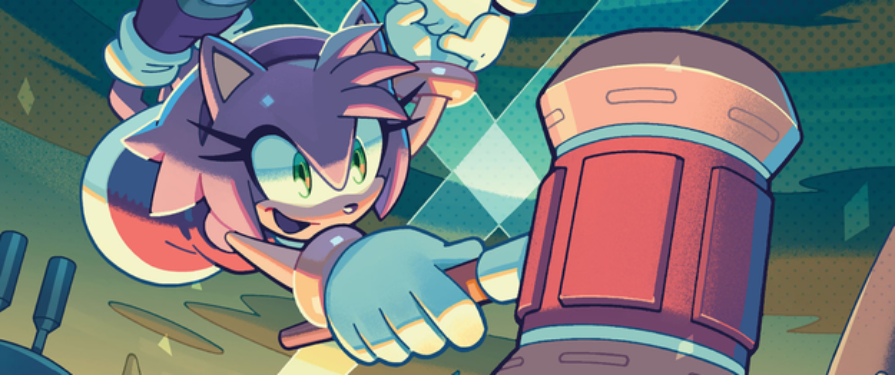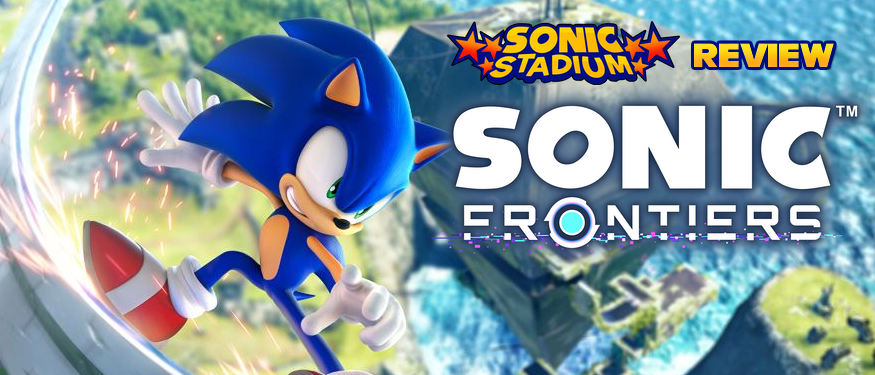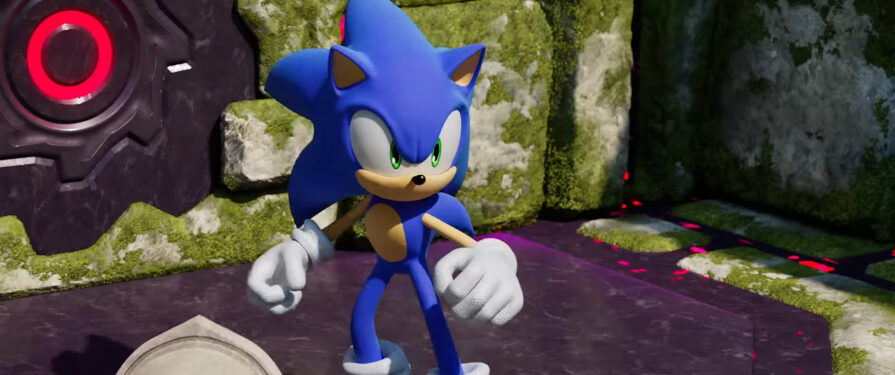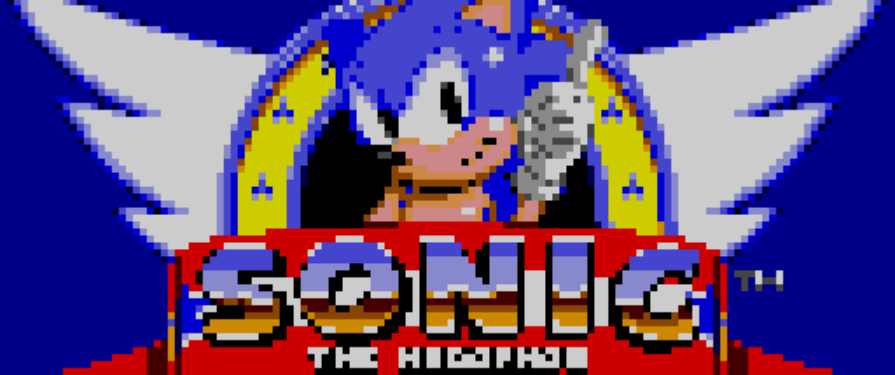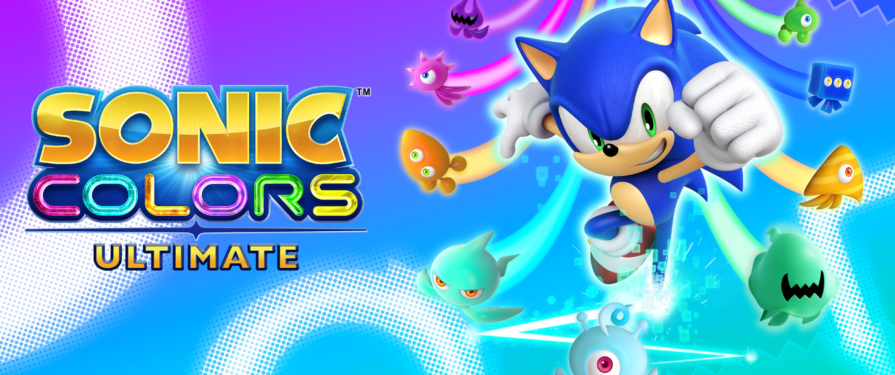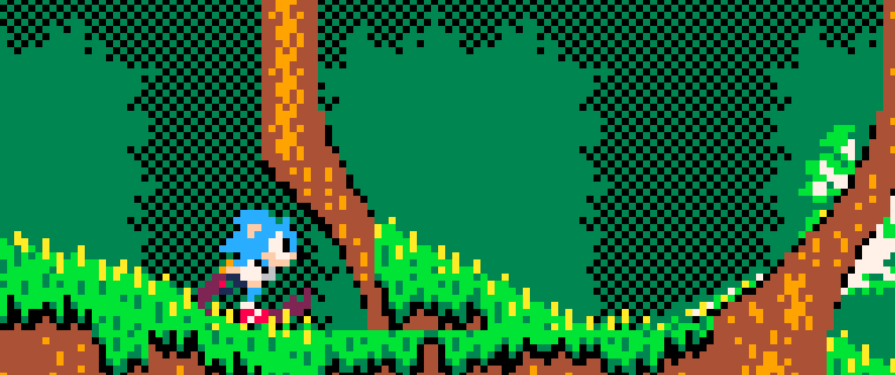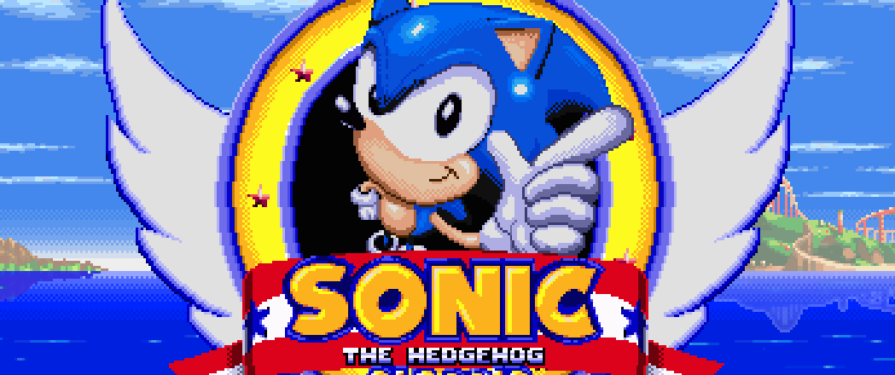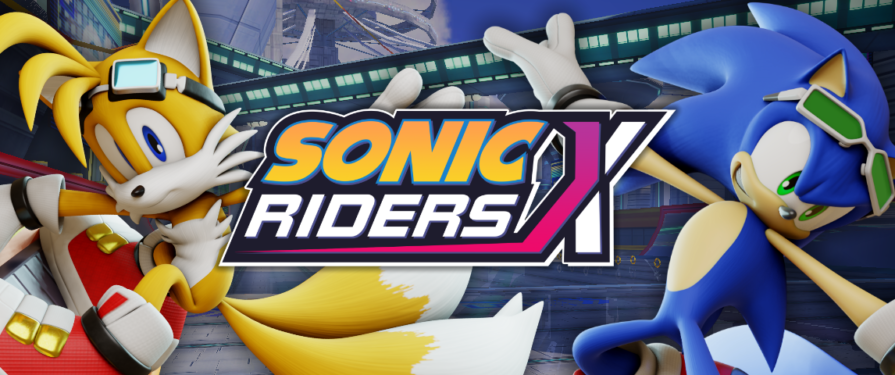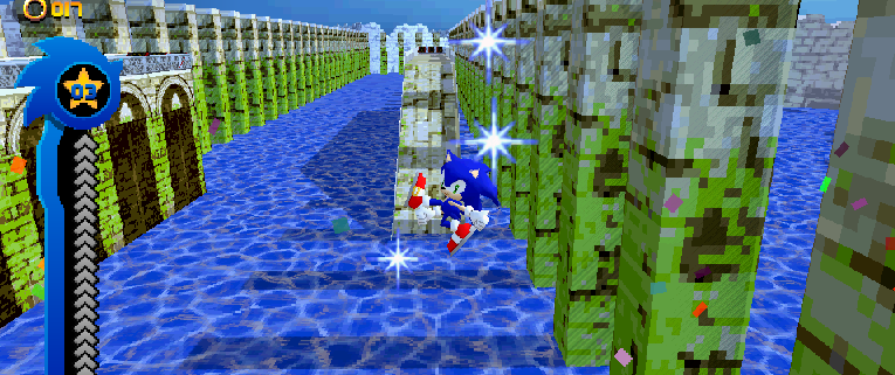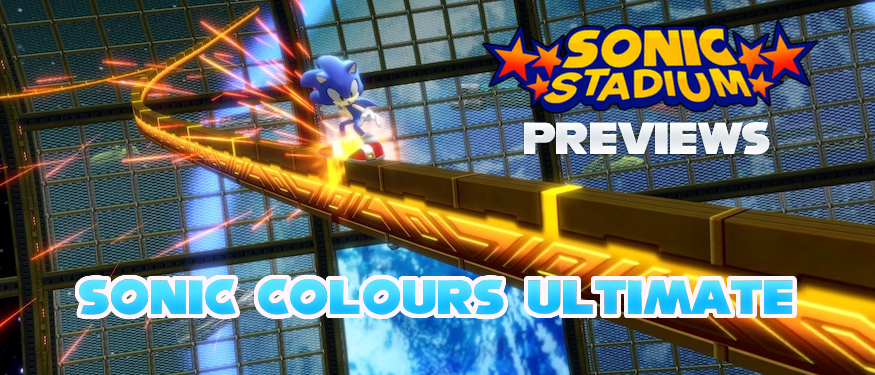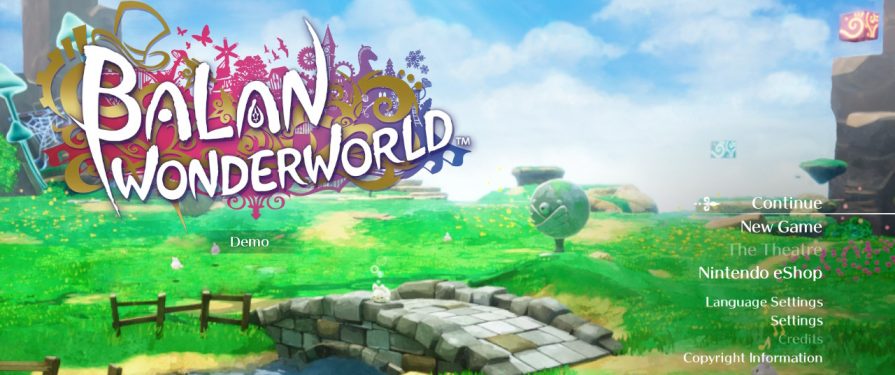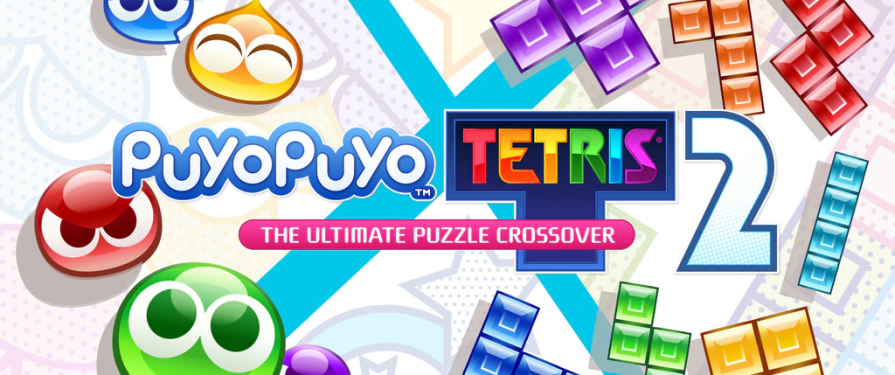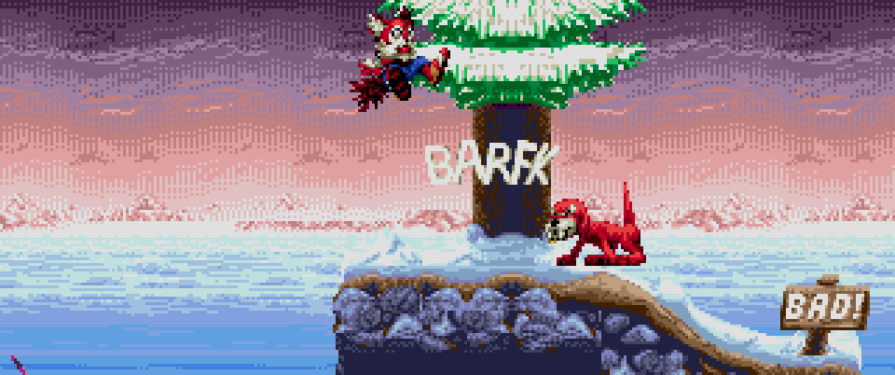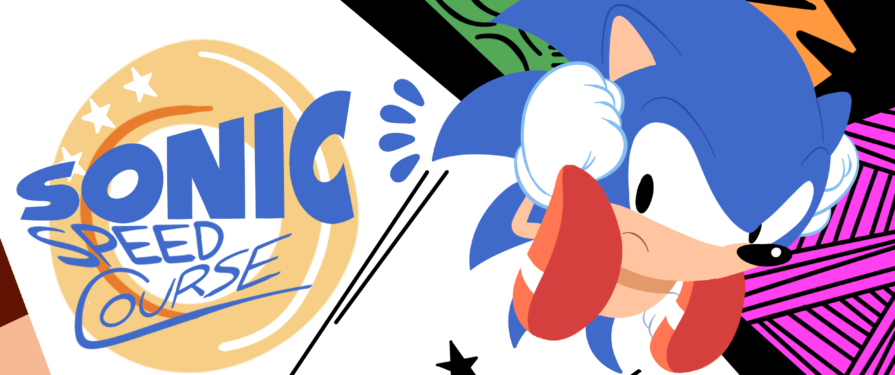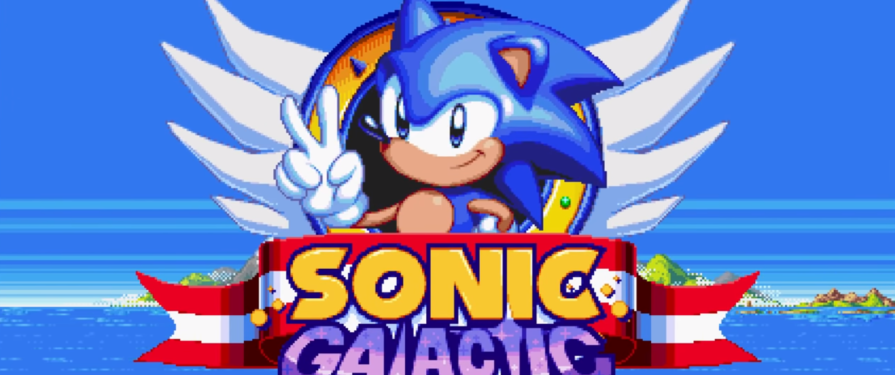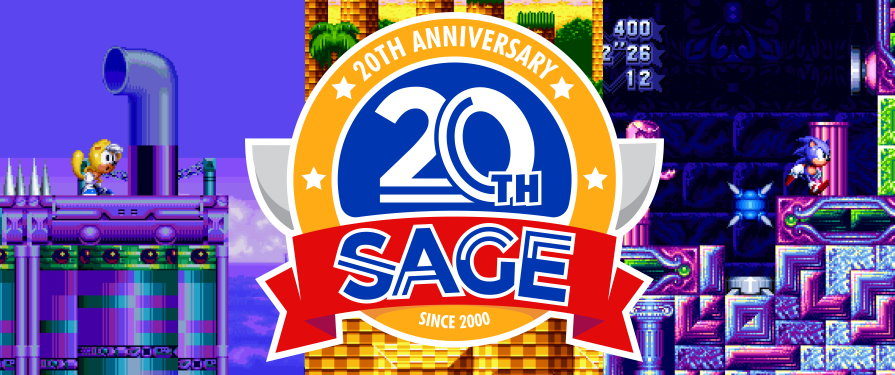Sonic Prime Season 2’s debut episode is almost everything I was hoping it would be…up until the final moments. Shadow, who was only scantly featured in the show’s first 8 episode batch, features in a big way here, and he’s the best he’s been in any official media in literal years.
The episode begins right where the previous season left off, with Sonic encountering Shadow after being blasted out of the pirate world. This begins an extended exposition sequence as Sonic learns about the void between shatterspaces, Shadow’s predicament, and most importantly: the fate of Green Hill and how it can be restored.

Shadow is a true highlight through all this. His characterization has been…controversial amongst some fans over the last several years, and while I find it all overblown, it’s still hard for me to disagree. SEGA has long seemed content to leave Shadow as a flat, cardboard caricature of a character, one who likes no one, needs nothing, and is one-hundred-percent pure-uncut grade-A angst.
It’s subtle, but Prime’s Shadow is emotive and motivated in ways he hasn’t really been allowed to be since the Archie Sonic days. This is largely thanks to a combination of Ian Hanlin’s stellar voice work, the effectively animated acting, and the solid script. This gives Shadow’s characterization some depth, making him feel less like Angsty McAngsterson and more like Sonic’s more serious, scolding older brother.


Shadow’s clearly angry over Sonic’s careless actions, distraught over what’s happened to Green Hill and its denizens, and genuinely appears to care about what’s going on. One big issue i’ve long had with Shadow over the last 15 years is that it’s never really been clear to me what motivates him to do good. Was it duty to GUN? An obligation to Maria? Since it hasn’t really felt like he actually cares about anyone, why fight Eggman?
In Sonic Prime, the answer seems to be that Shadow genuinely does care about people, even if he remains pretty standoffish about it. Like I said: it’s subtle, but it’s definitely evident here, and that makes a world of difference when it comes to Shadow as a character. Hopefully this is a sign that SEGA is loosening its grip on Shadow, but even if it isn’t, I’m just glad Prime got to do this with him.


Shadow’s scolding of Sonic eventually leads to fisticuffs between him and the blue blur, and that’s when we get to the episode’s other highlight: the action. The action sequences of Prime were a highlight in the initial 8 episodes, but the fight between Sonic and Shadow is truly something special. This is the sort of Sonic action I’ve been waiting decades for.
Sonic and Shadow’s fight is fast and exciting, full of dynamic camera angles, superb choreography, and the sort combat you could only hope to get from a properly animated Sonic versus Shadow fight. This, more than anything else, really makes me hope Sonic Prime can exist beyond its initial season, and maybe explore other story arcs and corners of Sonic’s world. Just imagine the possibilities if they were able to bring characters like Surge into this show!

Unfortunately, by the end of the episode, it’s clear this isn’t about to become a Sonic and Shadow adventure. Shadow is still locked out of the shatterspaces, thus also locking him out of most of the plot. I admit, I hoped Shadow would join the show’s main cast with this episode, since an adventure focused around Sonic and Shadow having to work together simply sounds fun. Alas, that is not to be, at least not for now. Maybe in the final batch of the show’s 24 episodes?
Nevertheless, Sonic Prime’s second batch of episodes looks to be expanding on the shatterverse crossovers that started happening at the end of season 1. I am definitely looking forward to seeing the various versions of each character interact.
Sonic Prime’s second season is set to debut on Netflix July 13.



